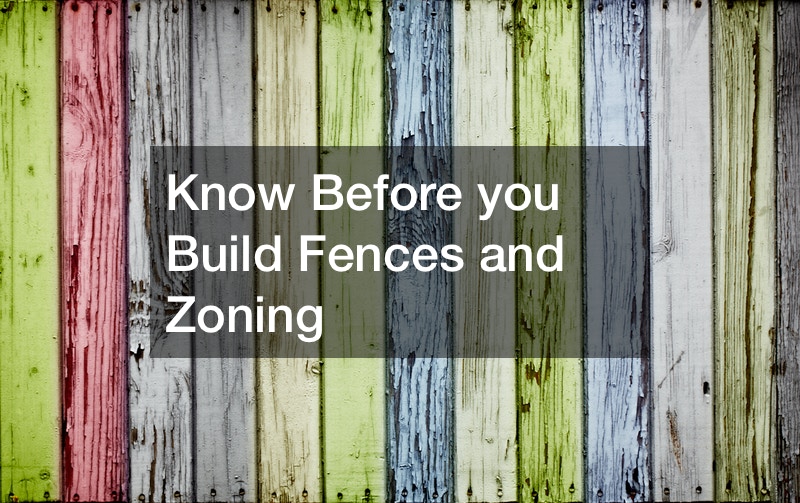
If you want a fence for your yard, you can either put it up yourself or bring in a professional to do it for you. However, you should price everything out beforehand. This will help you avoid dropping the project halfway or needing to spend more money in order to finish it. Before you start, decide what kind of fence you want. A DIY fence will be more work for you, but it will be cheaper. The cost of DIY fence projects will be determined by the supplies. You’ll also need to purchase gate supplies so that you have a way into your yard once the fence is built.
If you want a professional to set up your fence, you’ll need to pay the cost of fence and installation. While this will be more expensive than doing it yourself, you’ll end up with a more secure fence. You also need to decide how much of your yard will be surrounded by fence and what kind you want. The cost of fence around house will be more expensive, as will the cost of privacy fence panels. But both will leave you with a good fence for your yard.
Building a fence seems simple enough. After you choose the right chain link parts or appropriate hinges, the construction should be straightforward, right? Not so fast: before you construct a fence, you’ll need to make sure that it’s in accordance with local laws. Here are a few jurisdictions to check before you build your fence.
Know your Zoning Laws
Many first-time fence builders are shocked to know that they may need a permit to build a fence on their property. Before you buy those chain link parts and start work on your sliding fence, check the requirements in your city and county. Generally, if you live in a big urban area, you’ll need to secure permission from the city (for example, New York City or Seattle), and if you live in a more suburban or rural area, you’ll often need to talk to the county. Even then, there will be restrictions on the height and type of fence that you can construct. If you are having trouble, a fence contractor may be able to obtain the permit for you.
Identify Property and Utility Lines
Once you’ve secured a permit from the city and/or county, you’ll need to be sure that you’re not building a vinyl fence or rolling wood gate on someone else’s property. You’ll also want to make sure that your fence is a safe distance away from your other utility lines. Most homeowners can dial 8-1-1 (the federal Miss Utility or “Call Before you Dig” service) to determine where their utility lines are. However, Miss Utility won’t be able to track your private lawn sprinkler or private propane lines. If you need help finding these, you may need to call a private utility locating service. Likewise, it never hurts to have a surveyor definitively establish your property line before you build.

Brush Up on Neighborhood Regulations
Finally, you’ll also need to check if your neighborhood or homeowners association has any regulations about fence construction. Some may have height restrictions or have prohibitions on, say, French Gothic fence pickets. However, the HOA can’t arbitrarily make a decision that isn’t in the written guidelines. If you build a chain link double gate, they can’t suddenly decide that chain link fences are out of favor. You’re only able to fight the HOA decision if it isn’t in the regulations, so be sure you familiarize yourself with homeowner expectations.
When in doubt, ask the experts what they know about local fence regulations. You can even skip buying your own pickets and chain link parts by hiring a local contractor, who may be able to secure the appropriate permits for you.
